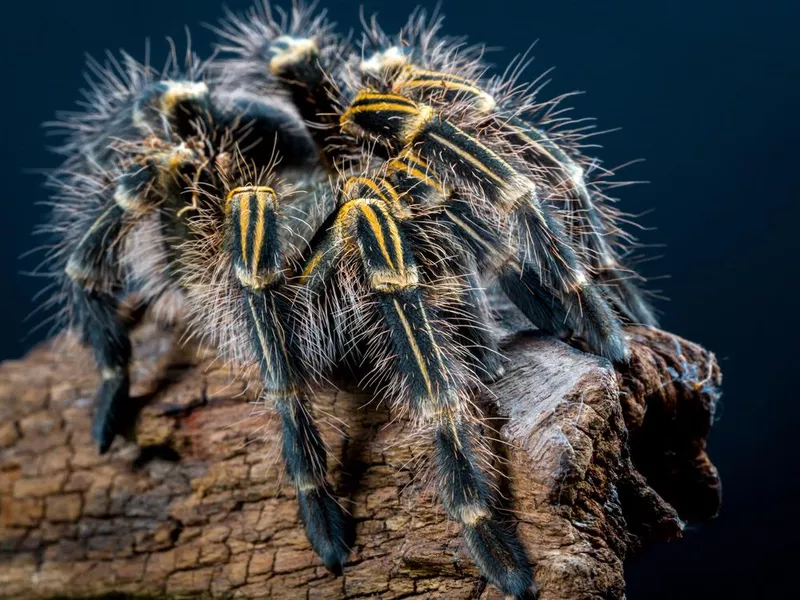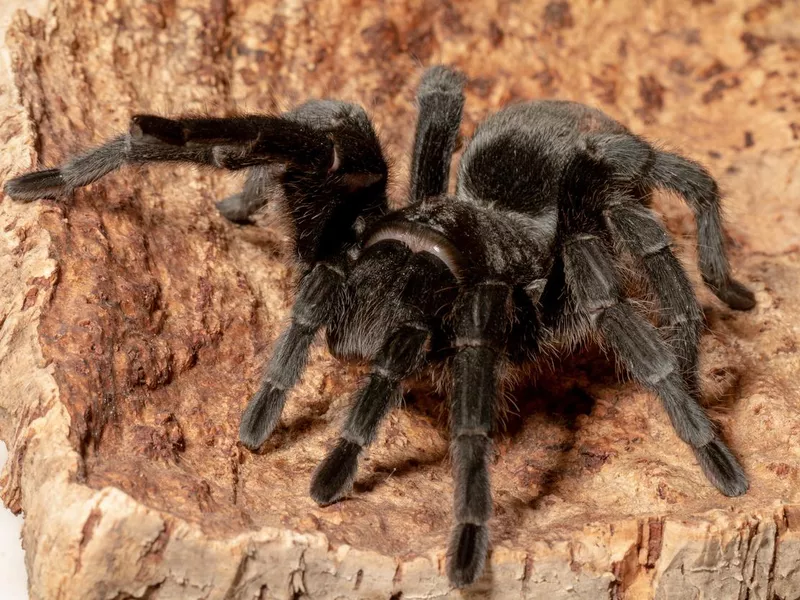Spiders are great. They keep mosquitos at bay. They’re an important part of the food chain. We love them, as long as they stay far, far away from us. The second we walk into a web, all bets are off. We will punch ourselves in the face without a second thought, and that’s with an average-sized spider.
If one of the biggest spiders in the world decided to camp out on our leg, we might just have to amputate it (#noregrets). But these giant spiders make us appreciate two things: the fact that we don’t live in Australia and that the daddy longlegs in the corner could be much, much worse.
So, which spiders are the absolute largest across the globe? We ranked 20 spiders that have the biggest leg spans, from smallest to largest.
7. Chaco Golden Knee Spider (Tie)

Chadchai Krisadapong / Getty Images
Maximum leg span: 8 inches
The Chaco golden is endemic to Paraguay, and its unique, painted look makes them a treasure in the spider-keeping world. They have a golden band around each knee, and their impressive size and “friendly” temperament make them easy to handle.
Females can live up to 25 years, and despite their massive size, their preferred dinner is pretty tame. Chaco golden knee spiders eat crickets or mealworms in captivity, and even in the wild, they aren’t known for eating anything bigger than a cockroach.
7. Brazilian Black Tarantula (Tie)

Moonstone Images / Getty Images
Maximum leg span: 8 inches
The Brazilian black tarantula is super cool, in our opinion. It’s jet black from fang to foot, and its body is covered in fine hairs giving it a velvety appearance. These hairs double as “ears.” These spiders can’t actually hear, but their hairs can detect vibrations in the air to pinpoint the location of prey.
If lunch doesn’t come around for a while, it’s no big deal. Brazilian black tarantulas take forever to get hangry. In a pinch, they can go for months without food. When they do eat, they’ll take on any prey they can find, including mice and small reptiles.